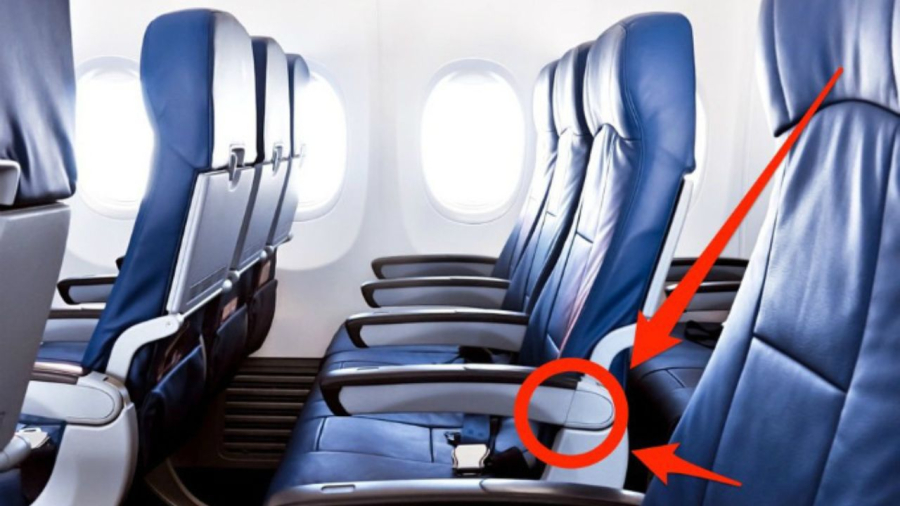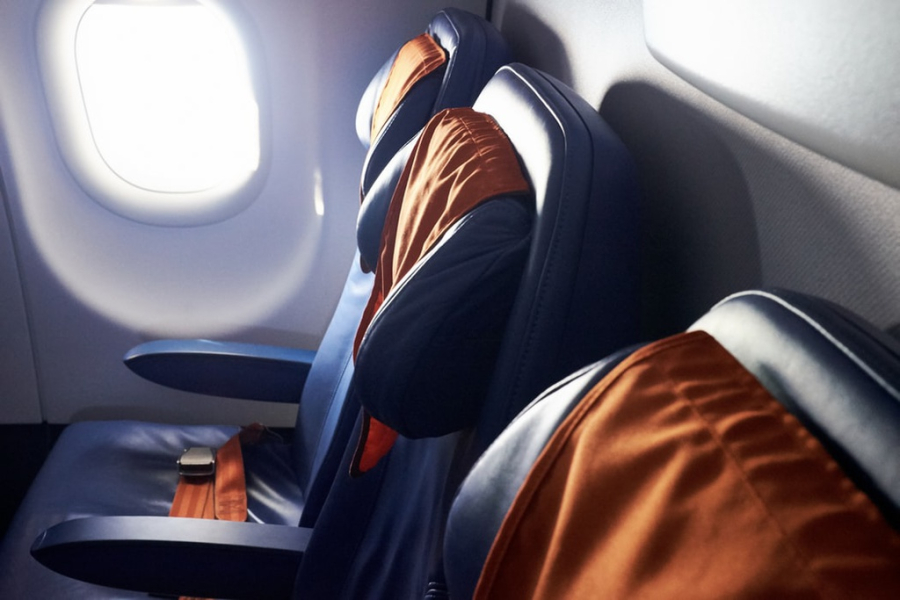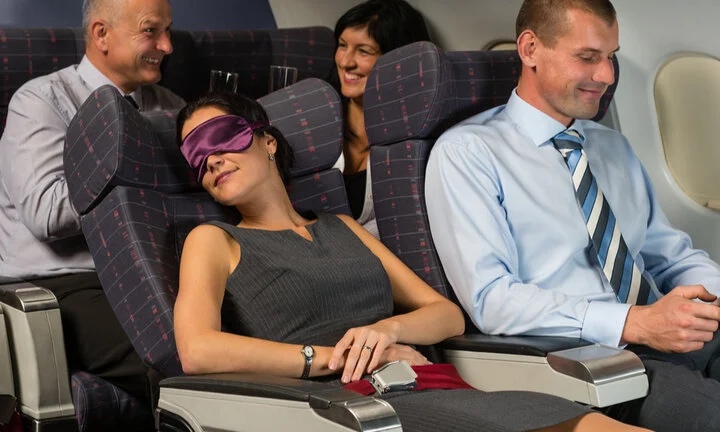According to US federal law, no airplane can take off or land until each passenger seat is in an upright position. The reason is simple: Ensuring flight safety.

According to Travelandleisure, former pilot Hans Mast, who now works as a travel agent for Golden Rule Travel, said: “In the upright position, the seat is locked and becomes the most secure to withstand potential impact forces. When the seat is reclined, it is not locked in place, and a sudden stop situation could cause the seat to tilt forward, pushing the person sitting in it away. Additionally, accelerating could cause the seat to slide backward.”
Hans Mast also added that having the seat back upright helps to have the cleanest path to the exit, providing convenient conditions for evacuation if necessary. That is why the seats around the emergency exit cannot be reclined. In an emergency situation, passengers sitting in those seats may easily forget or have difficulty raising the seat upright.

Steve Daniel, an airline steward in Montreal, Canada, said: “If the seat is reclined, it can impede the person sitting in the seat behind as they try to escape in an emergency situation.” In an emergency, every second counts.
Therefore, the seat back must be upright during takeoff and landing on an airplane. Flight attendants always have to ensure compliance with this rule in order not to slow down the evacuation process in the event of an incident.
Takeoff and landing are the most dangerous phases of a flight. According to Airbus research, 75% of global aviation accidents over the past 20 years have occurred during these periods. The report states that these are “highly complex phases that pose significant challenges for the crew due to factors such as navigation, changes in aircraft structure, communication with air traffic control, non-congested airspace, and adverse weather conditions. The workload is high, and the likelihood of accidents increases. Moreover, the complex interaction of these factors can lead to accidents.”

In addition to returning the seat to an upright position, when preparing for takeoff and landing, flight attendants also require passengers to fold their tray tables and entertainment screens, open window shades, and ensure that all belongings are stowed under the seat in front of them or in the overhead compartment. All of this is for safety purposes.
Daniel said: “Safety is a symphony of little things that when combined can make a big difference.”
































